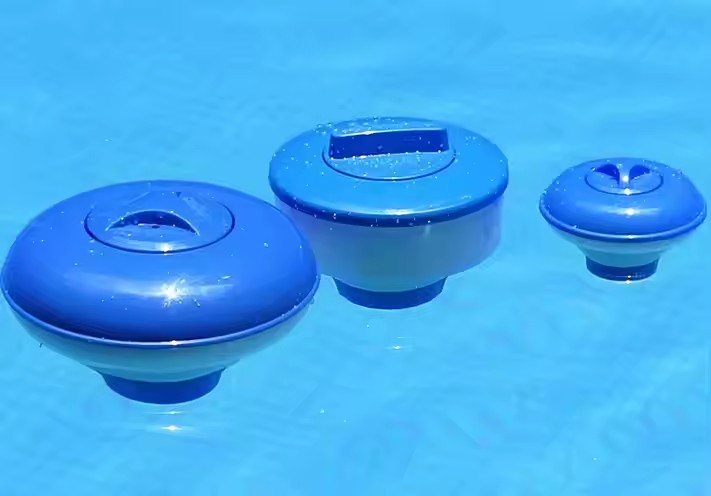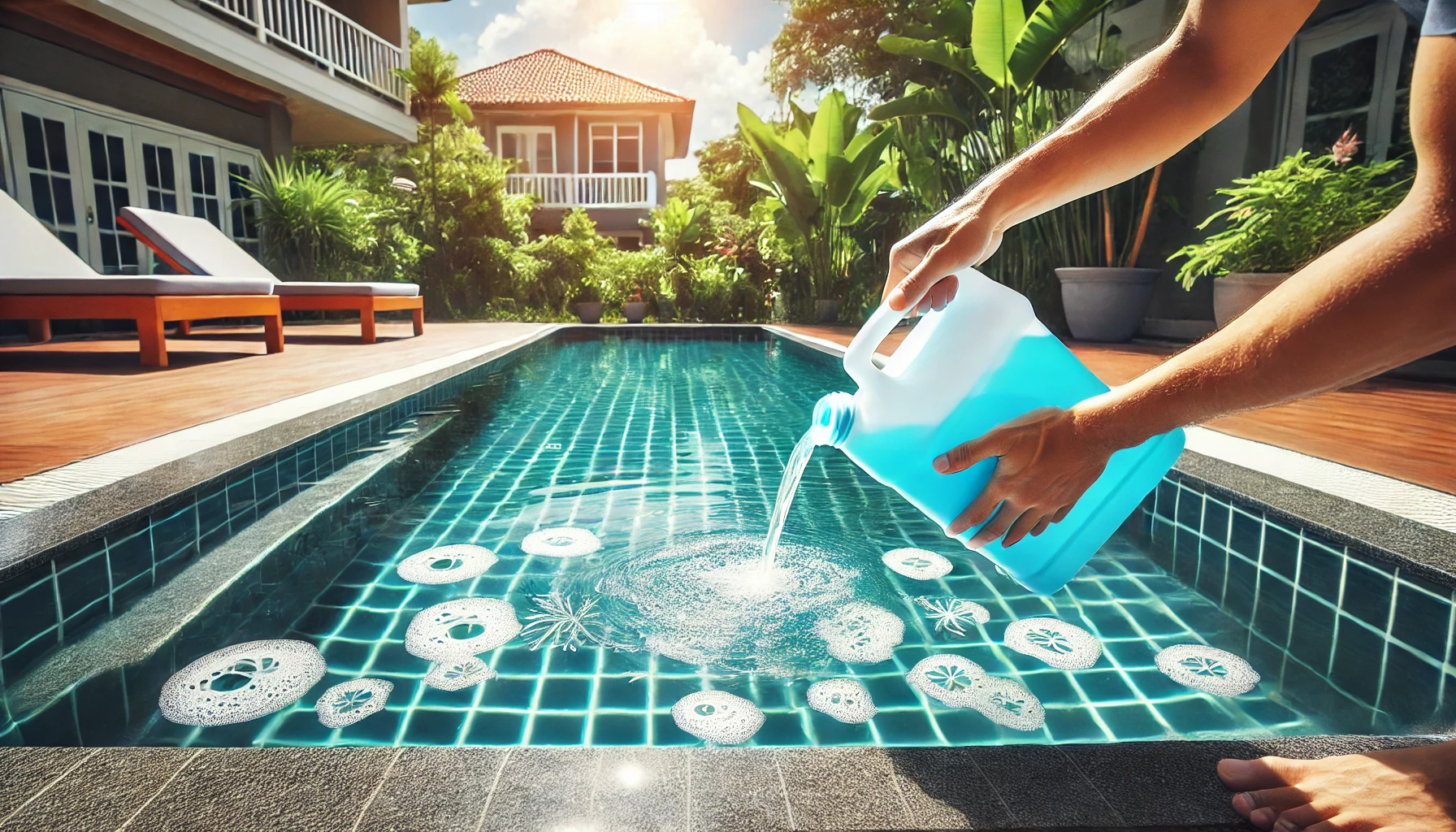Pool sand filters are commonly employed to maintain clean and clear water in swimming pools. However, it’s not uncommon for residual impurities to persist even when using these filters. In this article, we will explore the reasons behind the presence of residual impurities in pool water despite the use of sand filters and discuss potential solutions to enhance filtration efficiency.
Understanding Pool Sand Filters
Pool sand filters operate as a vital component in the pool’s filtration system. They consist of a tank filled with specially graded sand, which captures and removes particles from the water as it passes through.
Filtration Process
Water is pumped through the sand filter, where impurities are trapped in the sand bed.
Clean water is then returned to the pool, providing effective mechanical filtration.
Common Causes of Residual Impurities
Despite the effectiveness of sand filters, several factors can contribute to the presence of residual impurities in pool water.
Filter Size and Media Quality: Inadequate filter size or poor-quality filter media may result in incomplete filtration.
Backwashing Frequency: Infrequent backwashing can lead to clogged sand, reducing filtration efficiency.
Water Chemistry Imbalance: Poor water balance can impact the effectiveness of filtration, allowing impurities to persist.
Filter Age and Deterioration: Over time, the sand in filters can deteriorate, leading to less effective filtration.
Optimizing Sand Filter Performance:
To address the issue of residual impurities, it’s essential to optimize the performance of pool sand filters.
Regular Backwashing: Establish a routine for backwashing to prevent sand compaction and maintain optimal flow.
Proper Filter Sizing: Ensure the filter size matches the pool’s volume to provide adequate filtration capacity.
High-Quality Filter Media: Use high-quality sand or alternative filter media to enhance filtration efficiency.
Maintaining Water Chemistry: Regularly test and adjust water chemistry to optimize the filter’s effectiveness.
Timely Replacement of Sand: Replace the sand in the filter as recommended by the manufacturer to maintain efficiency.
Supplementary Filtration Methods
In addition to optimizing sand filter performance, incorporating supplementary filtration methods can further enhance water clarity.
Use of Pool Clarifiers:Pool clarifiers can aid in coagulating small particles, making them easier for the filter to capture.
Additional Filtration Equipment:Consider the use of cartridge filters or diatomaceous earth (DE) filters alongside sand filters.

Routine Maintenance and Inspection
Regular maintenance and inspection play a crucial role in ensuring the ongoing effectiveness of sand filters.
Inspecting and Cleaning Filter Components: Periodically inspect and clean filter components, including the laterals or grids.
Checking for Sand Channeling: Sand channeling occurs when water finds paths through the sand, bypassing filtration. Address any channeling issues promptly.
Conclusion
While pool sand filters are effective at removing impurities, the presence of residual contaminants can occur due to various factors. By understanding these factors and implementing proactive measures such as regular backwashing, proper sizing, and supplementary filtration methods, pool owners can enhance the performance of their sand filters and enjoy cleaner, clearer water. Regular maintenance, timely replacements, and attention to water chemistry are essential components of effective pool water management.


